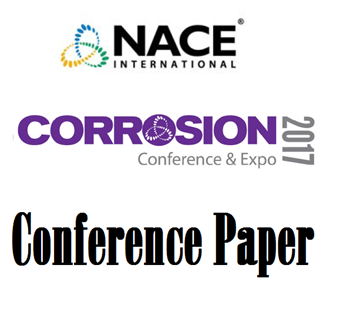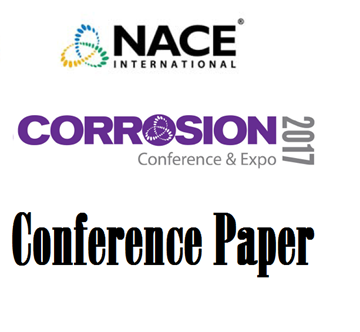Search
Individual Conference Papers
View as
Sort by
Display
per page
Effect of Carbon Dioxide and Hydrogen Sulfide on the Localized Corrosion Susceptibility of Corrosion
Product Number:
51317--8933-SG
ISBN:
8933 2017 CP
Publication Date:
2017
$20.00
Effect of Cathodic Polarisation on Localized Corrosion of 25Cr in Seawater
Product Number:
51319-12870-SG
Publication Date:
2019
$20.00
Effect of Cementite on the Corrosion Inhibition of Carbon Steel with Tetradecyl Phosphate Ester in CO2 environment
Product Number:
51323-19309-SG
Publication Date:
2023
$20.00
Effect of Chemical Environment and pH on AC Corrosion of Cathodically Protected Structures
Product Number:
51317--9352-SG
ISBN:
9352 2017 CP
Publication Date:
2017
$20.00
Effect of Chloride on the SCC Behavior of Carbon Steel Welds Exposed to Concrete Pore Water under Anoxic Conditions
Product Number:
51323-19029-SG
Publication Date:
2023
$20.00
Effect Of Chromium Dilution On SCC Growth Rate In Inconel Welds
Product Number:
ED22-17109-SG
Publication Date:
2022
$20.00
Effect of Cl? Concentration on Erosion-Corrosion Behavior of 434 Stainless Steel in High-Temperature and High-Pressure CO?-O? Environment
Product Number:
51315-5973-SG
ISBN:
5973 2015 CP
Publication Date:
2015
$20.00
Effect of CO in Stress Corrosion Cracking of Carbon Steel Pipelines in CCS Environments
Product Number:
51324-20647-SG
Publication Date:
2024
$40.00
Effect of Cold-work on Repassivation and Corrosion Behaviors of Carbon Steels and Stainless Steels
Product Number:
51317--9083-SG
ISBN:
9083 2017 CP
Publication Date:
2017
$20.00
Effect of Complex Deformation on Corrosion Fatigue and Stress Corrosion Cracking of 304/304L Stainless Steel Elbows in Aerated and Deaerated Water
Product Number:
ED22-17115-SG
Publication Date:
2022
$20.00
Effect of Concrete Moisture on Macrocell Development in Repair of Reinforced Concrete Substructure with UHPC
Product Number:
51319-13474-SG
Publication Date:
2019
$20.00
Effect of corrosion products evolution/transformation on the localised/pitting corrosion behaviour of carbon steel in sour environment
Product Number:
51319-12943-SG
Publication Date:
2019
$20.00












